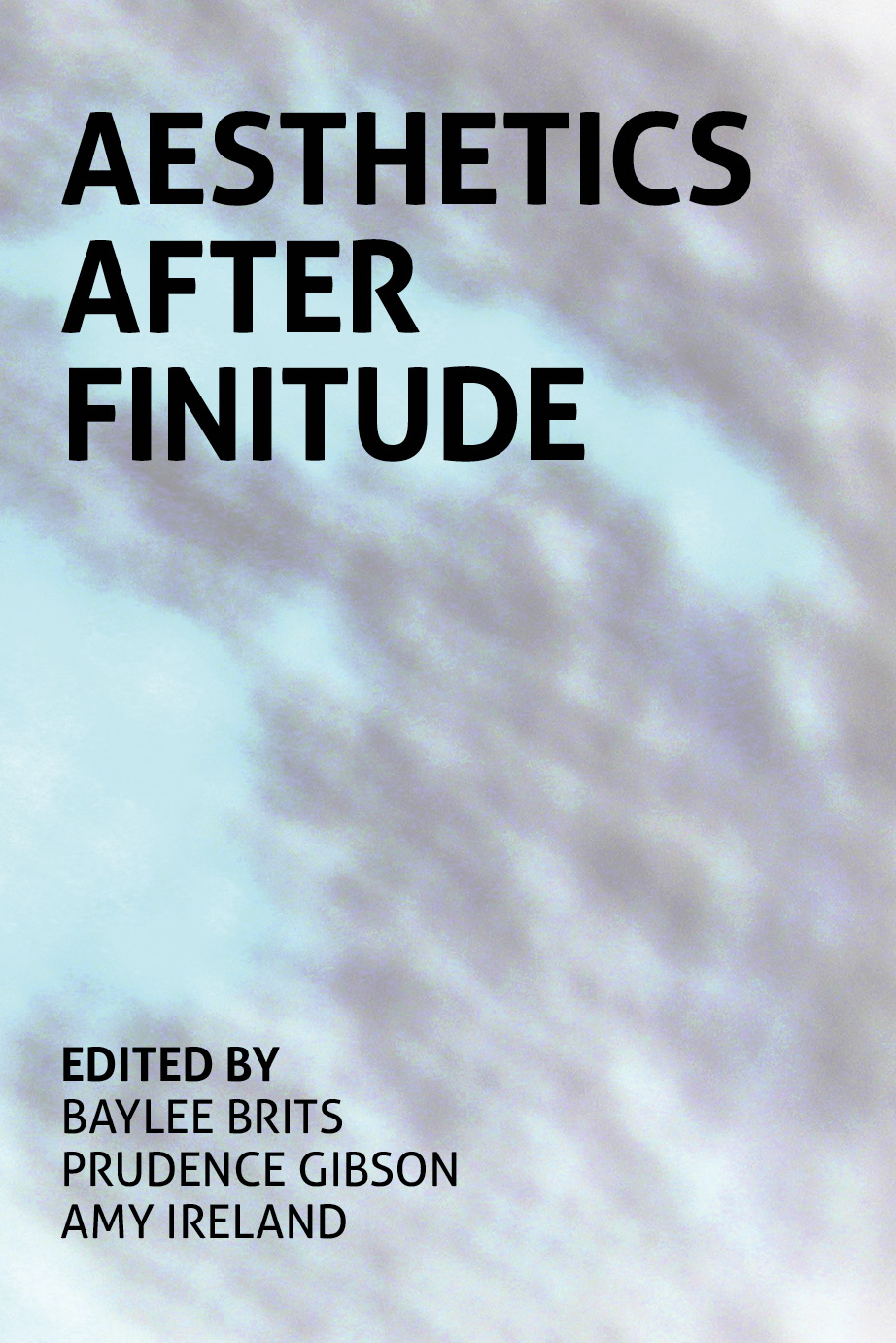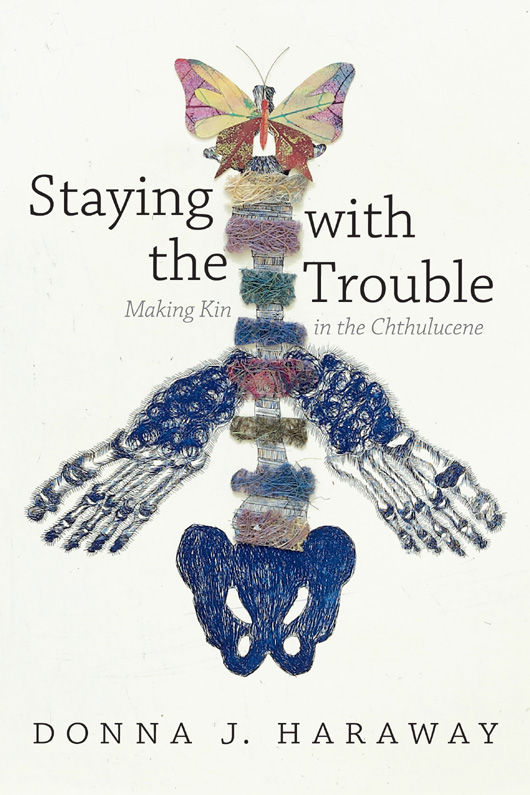Baylee Brits, Prudence Gibson, Amy Ireland (eds.): Aesthetics After Finitude (2016)
Filed under book | Tags: · aesthetics, anthropocene, fiction, human, immanence, noise, philosophy, sound, subject, theory

“Traditionally aesthetics has been associated with phenomenal experience, human apprehension and an appreciation of beauty—the domains in which human cognition is rendered finite. What is an aesthetics that might occur ‘after finitude’?”
Contributions by Marc Couroux, Prudence Gibson, Thomas Sutherland, Lendl Barcelos, Douglas Kahn, Adam Hulbert, Baylee Brits, Stephen Muecke, Laura Lotti, Christian R. Gelder, Simon O’Sullivan, Tessa Laird, Chris Shambaugh (and Maudlin Cortex), Chaim Horowitz, and Amy Ireland.
Afterword by Justin Clemens
Publisher re.press, Melbourne, Dec 2016
Anamnesis series
Creative Commons BY-NC-ND License 2.5
ISBN 9780980819793, 0980819792
241 pages
Conference (2015)
Publisher
WorldCat
After Us: Art—Science—Politics, 2 (2016)
Filed under magazine | Tags: · anthropocene, architecture, art, human

“Through essays, pictorials and fiction, After Us hopes to look beyond the horizon, exploring developments in science and technology, new forms and expressions in art, and alternative political thinking. In print and online.”
Contents: Essays by Claire Colebrook on man and the apocalypse, Jennifer Boyd on explosions and their motifs, Peter Wessel Zapffe on the tragedy of intellect. Interview with Patrik Schumacher by Martti Kalliala. Fiction by Amy Ireland. Art by Daniela Yohannes, Laurel Halo, Mari Matsutoya & LaTurbo Avedon. Graphic fiction by Lando. Illustrations by Dave Gaskarth, Rich Foster, Patrick Savile and featuring the work of Alice Channer, Quayola, Zaha Hadid.
Publisher Optigram, London, Sep 2016
40 pages
HTML (use menu to browse contents)
PDF (10 MB, added on 2017-3-4)
See also Issue 1.
Comment (0)Donna J. Haraway: Staying with the Trouble: Making Kin in the Chthulucene (2016)
Filed under book | Tags: · anthropocene, biology, capitalism, capitalocene, chthulucene, environment, feminism, human, human ecology, multispecies, nature

“In the midst of spiraling ecological devastation, multispecies feminist theorist Donna J. Haraway offers provocative new ways to reconfigure our relations to the earth and all its inhabitants. She eschews referring to our current epoch as the Anthropocene, preferring to conceptualize it as what she calls the Chthulucene, as it more aptly and fully describes our epoch as one in which the human and nonhuman are inextricably linked in tentacular practices. The Chthulucene, Haraway explains, requires sym-poiesis, or making-with, rather than auto-poiesis, or self-making. Learning to stay with the trouble of living and dying together on a damaged earth will prove more conducive to the kind of thinking that would provide the means to building more livable futures. Theoretically and methodologically driven by the signifier SF—string figures, science fact, science fiction, speculative feminism, speculative fabulation, so far—Staying with the Trouble further cements Haraway’s reputation as one of the most daring and original thinkers of our time.”
Publisher Duke University Press, 2016
Experimental Futures series
ISBN 9780822373780, 0822373785
xv+296 pages
Talk (video, 25 min, 2014)
Interview with author: Lauren O’Neill-Butler (Artforum, 2016).
Reviews: Archie Davies (Antipode, 2016), Matt Thompson (Savage Minds, 2016), Ingrid M. Hoofd (Feminist Review, 2017), Devin Proctor (Anthropological Quarterly, 2017), Danya Glabau (J Cultural Economy, 2017), Oliver Basciano (ArtReview, 2017), Ben Denham (Sydney Review of Books, 2017), Juan Guevara (Space and Culture, 2018), Gyrus (Dreamflash, 2018), Luis Campos (Quarterly Review of Biology, 2018), Kaisa Kortekallio (European Journal of Women’s Studies, 2019), Irene Wolfstone (Imaginations, 2019), Thierry Hoquet (Critique, 2019, FR), Doortje Hörst (Junctions, 2019).
HTML (removed on 2017-5-17 upon request from publisher)
Comment (0)
